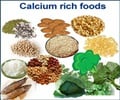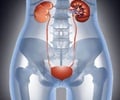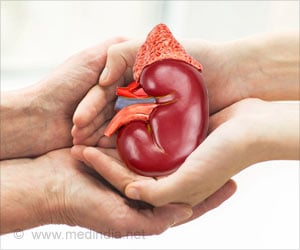A new study from Johns Hopkins has shown that obesity nearly doubles the risk of developing kidney stones.
A new study from Johns Hopkins has shown that obesity nearly doubles the risk of developing kidney stones.
The research also showed that the degree of obesity doesn't appear to increase or decrease the risk one way or the other."The common thinking was that as weight rises, kidney stone risk rises as well, but our study refutes that," says study leader Brian R. Matlaga, assistant professor of urology at the Johns Hopkins University School of Medicine and director of stone diseases and ambulatory care at Hopkins' James Buchanan Brady Urological Institute.
"Whether someone is mildly obese or morbidly obese, the risk for getting kidney stones is the same," he added.
Over the last decade, several epidemiological studies have shown a strong connection between obesity and kidney stone disease.
However, as obesity continues to rise worldwide, Matlaga and his colleagues wondered whether different subcategories of obesity, ranging from mildly to morbidly obese, presented different risks.
To answer the question, the researchers used a national insurance claims database to identify 95,598 people who had completed a "health risk assessment" form with information about their body mass index (BMI), a measure of body fat calculated by dividing weight by height, and a general indicator of underweight, healthy weight, or overweight.
Advertisement
Using a definition of obesity as having a BMI greater than 30 kg/m2 (which, in English measurements, corresponds to a 5 foot tall person who weighs 153 pounds, or a 6 foot tall person who weighs 221 pounds), the researchers calculated the incidence of kidney stones in people who were non-obese and in those who were obese.
Advertisement
Matlaga said that he and his colleagues aren't sure why obese people are more at risk for kidney stones, though metabolic or endocrine factors unique to obesity are likely reasons, along with dietary factors such as a high-salt diet.
The findings are published in the February Journal of Urology.
Source-ANI
SRM















